Bengali Culture, a rich and diverse heritage, is a captivating blend of history, tradition, and modernity that has captivated hearts for generations. This unique cultural tapestry is known for its language, literature, art, religion, festivals, cuisine, clothing, and social customs. Join me as we embark on a journey to discover the enchanting world of Bengali Culture.
The Essence of Bengali Culture
Bengali Culture, rooted in the Indian subcontinent, is celebrated for its artistic endeavors, intellectual contributions, and deep-rooted traditions. This multifaceted culture is a testament to the rich history of the region and the fusion of various influences over time.
Language and Literature in Bengali Culture
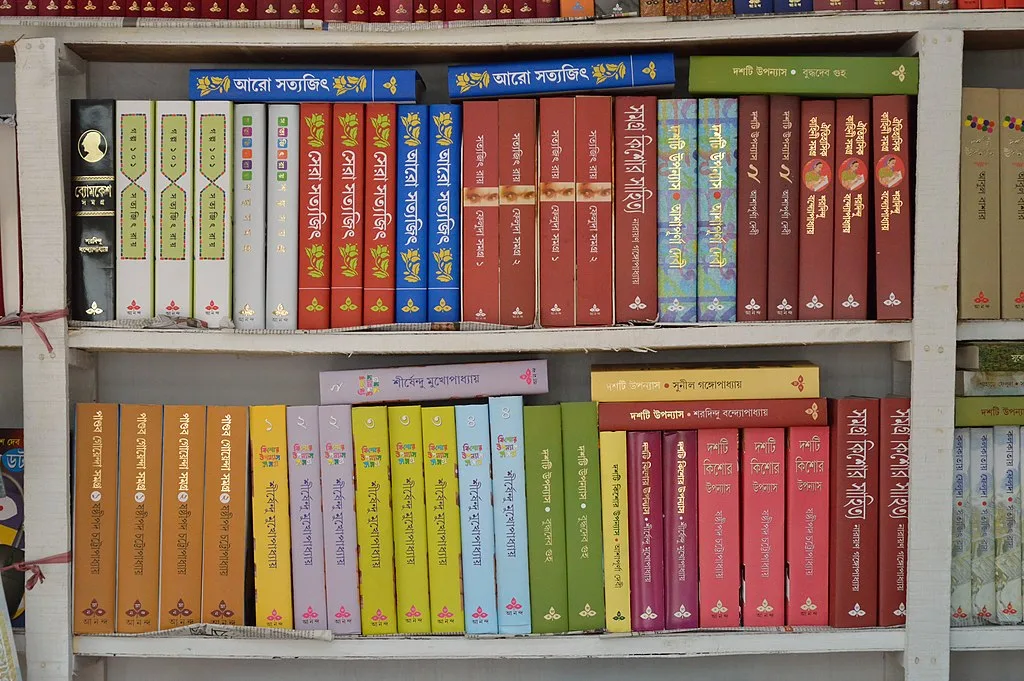
At the heart of Bengali Culture lies its exquisite language, Bengali (Bangla). This language is more than just a means of communication; it’s a symbol of identity, unity, and emotional expression for Bengalis worldwide. With a history spanning centuries, Bengali literature boasts luminaries like Rabindranath Tagore, who won the Nobel Prize in Literature for his profound impact on the world of words. Tagore’s poetry and songs continue to resonate with people’s souls, touching hearts across generations.
Role of Religion and Spirituality in Bengali Culture
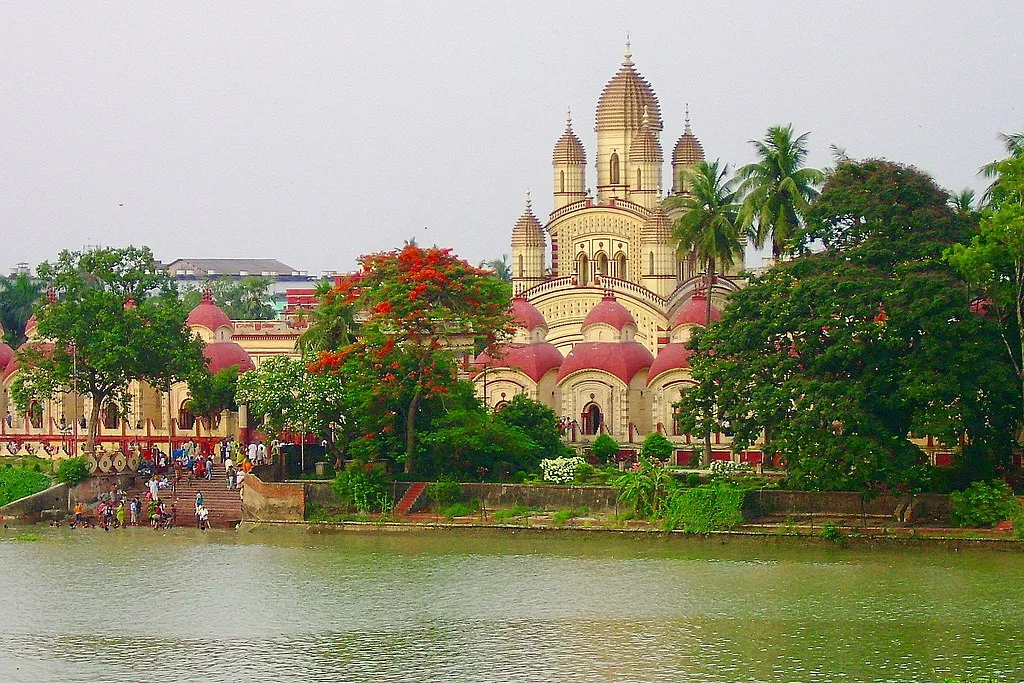
Religion and spirituality are intricately woven into the fabric of Bengali Culture. A significant portion of the population practices Hinduism, which plays a pivotal role in shaping their beliefs, customs, and festivals. Durga Puja, the grand celebration honoring Goddess Durga, is a prime example of the blend of religion and culture. The entire city of Kolkata comes alive during this festival, as pandals (elaborate temporary structures) are constructed, showcasing artistic craftsmanship and devotion.
Role of Art in Bengali Culture
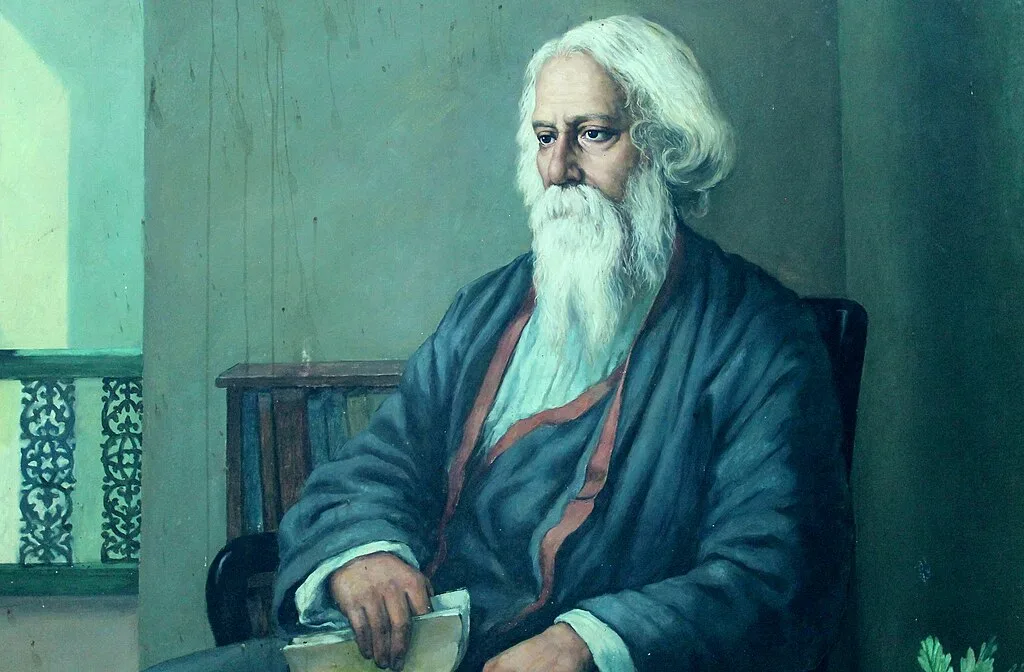
Bengali Culture has been a cradle of artistic innovation, nurturing talents in various forms of visual and performing arts. The region has produced renowned painters, filmmakers, musicians, and playwrights who have left an indelible mark on the global creative scene. The works of Satyajit Ray, a legendary filmmaker, continue to inspire cinephiles around the world. The graceful dance form known as Rabindra Nritya, inspired by Rabindranath Tagore’s compositions, embodies the cultural fusion between art and tradition.
Festivals and Celebrations
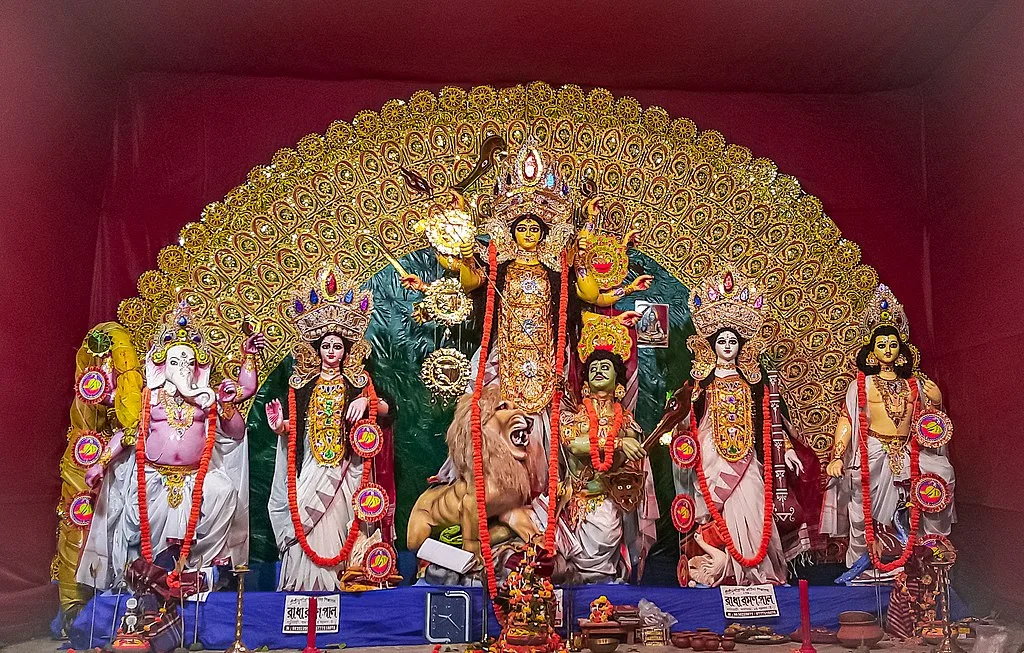
Festivals are an integral part of Bengali Culture, reflecting the people’s joyous spirit and devotion. From the exuberant colors of Holi to the melodious celebration of Diwali, every festival brings a unique flavor to the cultural landscape. Kali Puja, another significant religious event, honors Goddess Kali and exemplifies the cultural diversity and religious harmony within the region.
Notable among Bengali festivals is the Poila Baisakh, the Bengali New Year. Celebrated with cultural programs, processions, and traditional feasts, this festival showcases the optimism and vibrancy of the Bengali people. The festival bridges the gap between the past and the future, acknowledging tradition while embracing change.
Bengali Cuisine
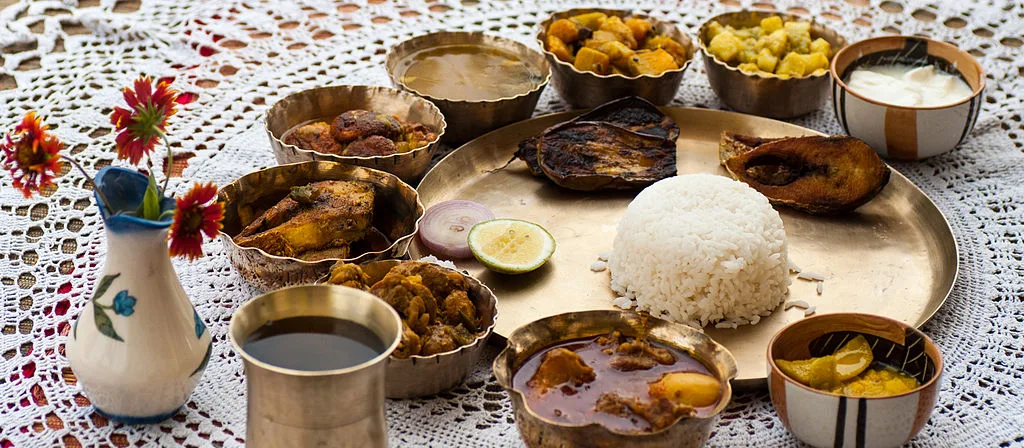
Prepare your taste buds for a delightful journey through Bengali cuisine. Known for its wide array of vegetarian and non-vegetarian dishes, Bengali food is a gastronomic adventure. Fish, a staple of the diet due to the region’s proximity to water bodies, takes center stage in many dishes. The iconic “Shorshe Ilish” (hilsa fish in mustard sauce) tantalizes the palate with its distinctive flavors. Sweets like “Rasgulla” and “Mishti Doi” showcase the Bengali penchant for creating delectable desserts.
Bengali cuisine is a reflection of the region’s history and geography. The use of mustard seeds and poppy seeds, for instance, highlights the connection to agricultural practices and trade routes. Each dish narrates a story, preserving the essence of tradition while adapting to contemporary tastes.
Clothing and Fashion
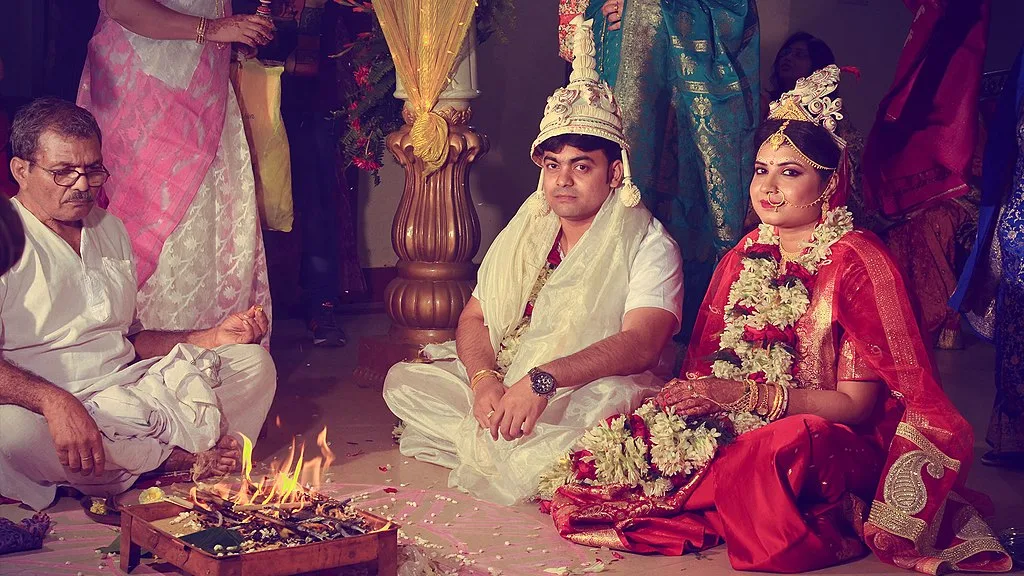
Bengali Culture is also reflected in its traditional clothing. The quintessential attire for Bengali women is the elegant “sari,” often worn in the unique draping style known as “Bengali style.” Men traditionally opt for the “panjabi” or “kurta” paired with “dhuti,” a wrap-around cloth. The attire embodies the fusion of heritage and contemporary fashion trends, celebrating both comfort and elegance.
The clothing also serves as a canvas for intricate embroidery and artistic patterns. The “kantha” embroidery, characterized by its intricate stitching and storytelling motifs, transforms clothing into pieces of art. The evolution of fashion in Bengali Culture encapsulates the journey from the past to the present, with each attire narrating its chapter in the cultural saga.
Social Customs and Traditions
The warmth and hospitality of Bengali Culture are embedded in its social customs. “Adda,” the art of engaging in leisurely and intellectual conversations, is a beloved tradition where friends and family gather to discuss myriad topics over a cup of tea. Bengali weddings are a grand affair, marked by intricate rituals, vibrant attire, and sumptuous feasts, reflecting the community’s deep-rooted traditions.
Interesting Trivia About Bengali Culture
- The Bengali New Year, known as “Pohela Boishakh,” is celebrated with much fervor and includes colorful processions, traditional music, and delectable food.
- The Nobel laureate Rabindranath Tagore composed both the Indian and Bangladeshi national anthems, “Jana Gana Mana” and “Amar Shonar Bangla,” respectively.
- Kolkata, often referred to as the “City of Joy,” was the capital of British India until 1911 and remains a cultural hub.
In conclusion, Bengali Culture is a vibrant tapestry woven with threads of language, literature, art, religion, festivals, cuisine, clothing, and social customs. It stands as a testament to the resilience of a people who have embraced modernity while preserving their rich heritage. The captivating blend of tradition and innovation makes Bengali Culture a true treasure that continues to inspire and enchant people around the world.
